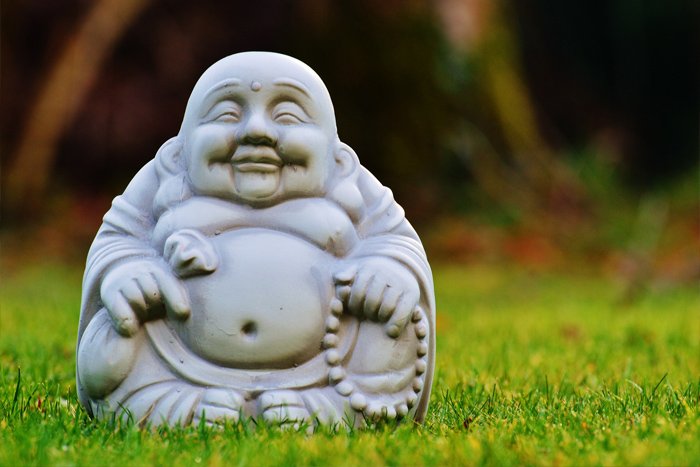The Four Aims of Life
The Four Aims of Life March 11, 2009
Reality is merely an illusion,
Albeit a very persistent one.
~Albert Einstein
Today's Wisdom Teaching is about the "Purusarthas" or the "Four Aims of Life" found in Vedic Astrology. Purusha means "human being," and Artha means "goal or objective." The concept of Purusarthas is that a successful human life achieves a specific objective, as revealed in the Astrological Chart.
Every person's chart has 12 individual sections, which are called Bhavas or Houses. Each of these sections correlates to a particular aim in Life. Therefore, knowing what the Four Aims in Life are and then connecting them to your Astrological Chart will help you to understand where your most significant challenge at any point in time will lie.
The Four Aims are:
1. Dharma: your purpose or duty.
This aim refers to what best fits your ability from your early childhood conditioning, family, and social responsibilities.
2. Artha: wealth and acquisition of valued objects. A person may intend to uphold his duty, but without money or resources, he cannot fulfill his duty or Dharma.
3. Kama: the fulfillment of desires and emotional and sensory happiness in Life. Desires are often fulfilled through others. By sharing our desires with others, we can feel a sense of our purpose being fulfilled.
4. Moksha: liberation or freedom. This aim is connected to our spiritual growth, which includes transcendence and recognizing the ephemeral (time) trap that Life holds. All things pass with time, and our ultimate freedom lies in learning how to let go. Moksha means absence of delusion. Delusion is caused by attachment. This aim will help you to learn about detachment, self-control, and surrender.
How can I use the Four Aims in everyday Life??
The idea behind these Four Aims is simple. First, you must understand your duties in Life (Dharma). Then you must have acquired the wealth or income you need (Artha) to fulfill that duty. Then you can enjoy Life, fulfill your desires with others, and experience sensual pleasure (Kama). If those first three aims are fulfilled, liberation (Moksha) and letting go of Life will be easy. But, on the other hand, if any of these four aims is left unaccomplished, it will be challenging to experience Moksha or freedom from Life.
Many years ago, your Dharma or purpose was determined by the family you were born into. For example, if you were born into a cobbler's family, you were expected to fulfill the family duty of being a cobbler. The challenge these days is that your duty (Dharma) is not necessarily determined by your family anymore. So how can you figure out what your purpose is, your Dharma? How will you acquire the wealth (Artha) to fulfill your desire? And how and who will you fulfill your desires (Kama) to be free (Moksha)? Let's look further.
In a Vedic Chart, the houses that are connected to each Aim of Life are listed here:
Dharma: 1st house, 5th house, and the 9th house.
Artha: 2nd house, 6th house, and the 10th house.
Kama: 3rd house, 7th house, and the 11th house.
Moksha: 4th house, 8th house, and the 12th house.
If you are experiencing the past eclipse from February in a Dharma house, you will need to open your mind to your purpose or duty in Life as it pertains to that particular house. For example, if the eclipse was in an Artha house, then accumulating resources and wealth would be on your mind. If in a Kama house, then desire is essential, and if in a Moksha house, liberation and freedom are important during this time.
All four aims or life goals are equally important for a well-rounded and complete life. But as a chart will indicate (because every person's chart is different), some of the Four Aims are more important than others, and some come in quite profoundly with the eclipse cycles.
Having your chart interpreted by a professional astrologer can help you determine which of the Four Aims is more essential for you and where the recent eclipse has been activating your chart.
I hope this has been helpful.
With love and light always,
Amber


